Production Agriculture
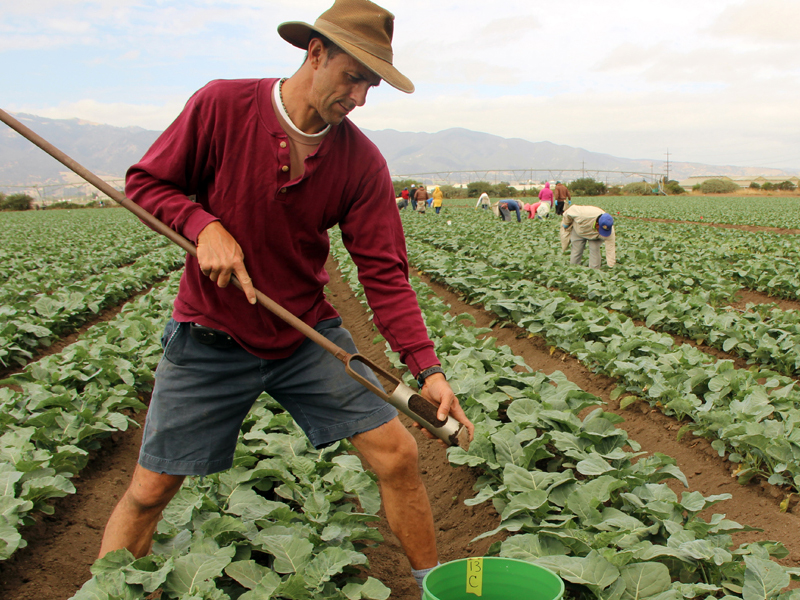
Soil organic matter has long been known to benefit farmers. The carbon in this organic matter acts as a food source for soil microbes, which then provide other nutrients to the crops grown. Microbes, insects and small soil critters produce materials that can improve soil structure and water retention. It’s a healthy ecosystem every farmer wants to encourage.
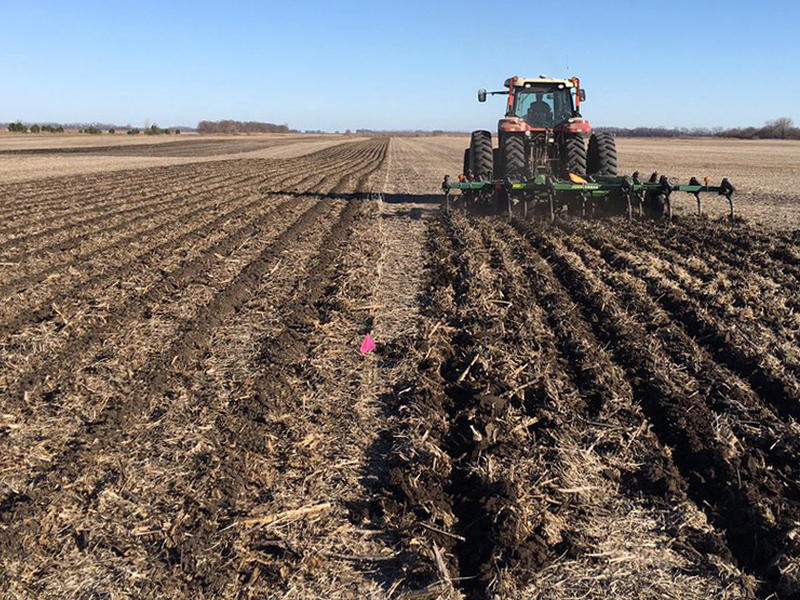
Just as we blend, cut, and fold ingredients together to follow a recipe, farmers use equipment to stir together soil and crop residue (stalks and roots of previous crops) before planting. This mechanical action is called tillage.
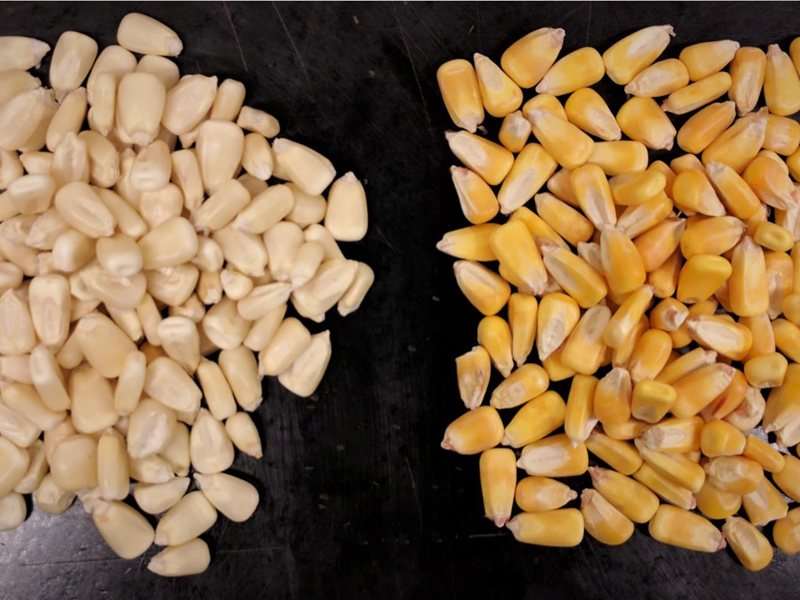
Products we commonly buy at the supermarket, such as tortillas and corn chips, are made from food grade corn. The corn is grown, harvested, bought by a food company, turned into masa (dough from ground corn) through a chemical process, and then made into our favorite products.
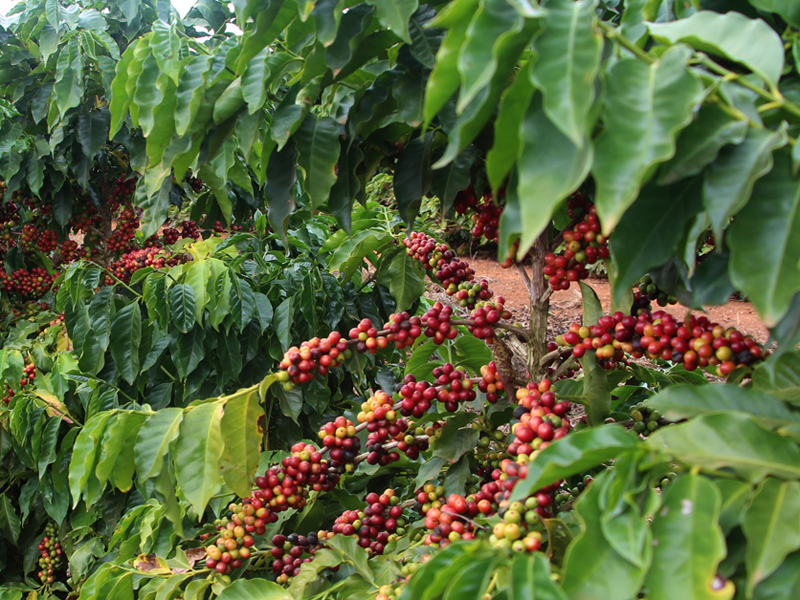
Each day, more than 2 billion cups of coffee are consumed worldwide.

Developing countries produce about 90% of the beans used to make all those lattes, espressos and mochas. That makes coffee a key source of revenue and livelihood for millions of people worldwide.
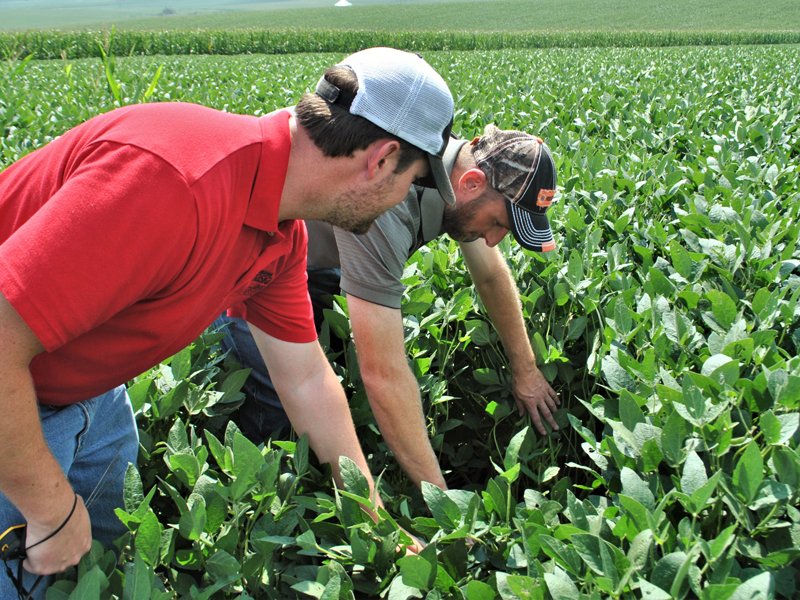
Farmers have been innovators and experimenters for millennia. They developed new types of crops and methods of farming.

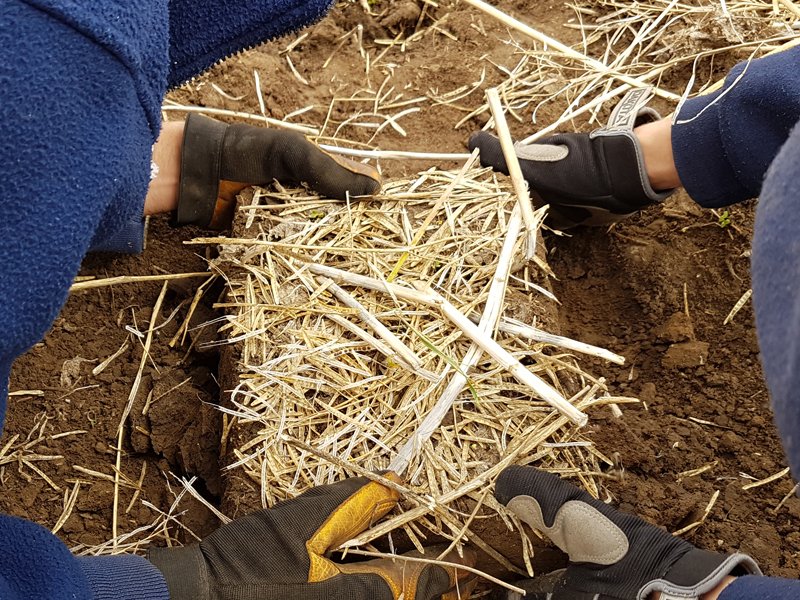
We’ve all heard about the magical combination of being in the right place at the right time. Well for fertilizer, it’s more accurate to say it should be in the right place at the right rate. A group of Canadian scientists wanted to find the perfect combination for farmers in their northern prairies.

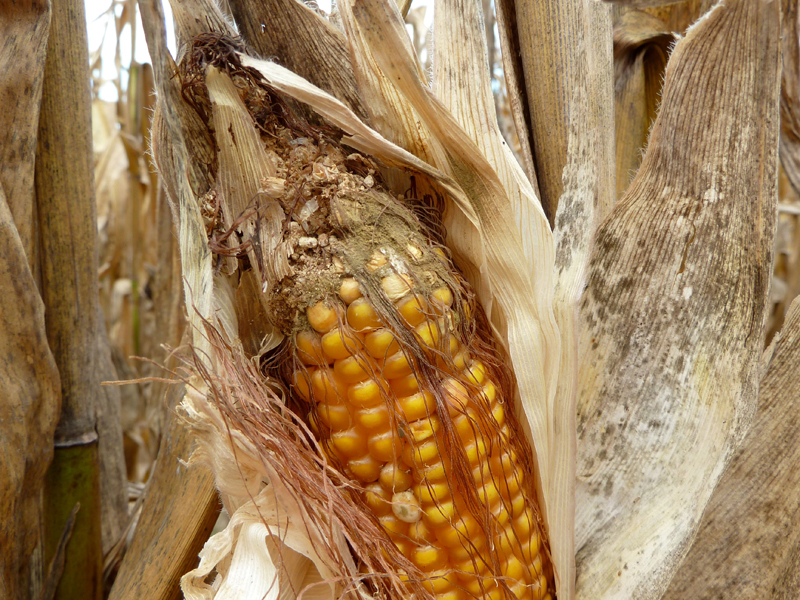
It’s not fun when a fungus contaminates crops. Safe native fungi, however, show promise in the fight against toxic fungal contamination.

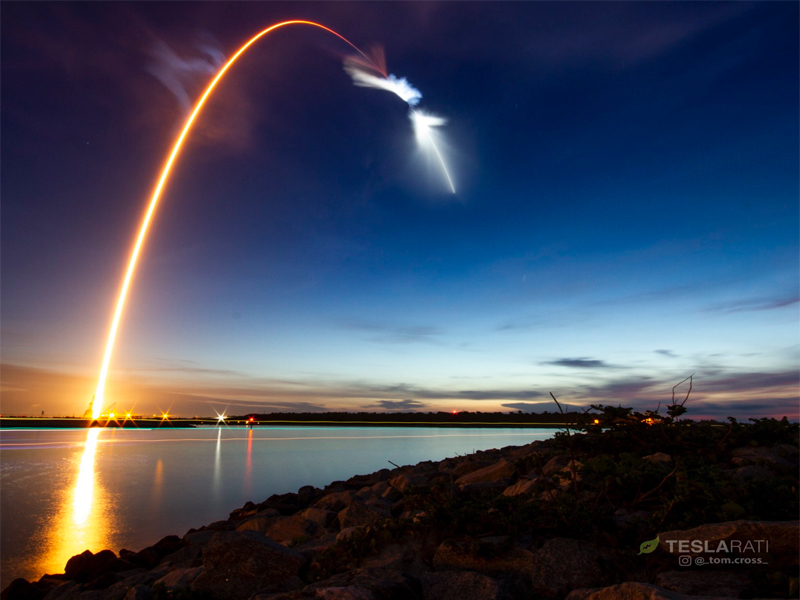
Farmers irrigating their crops may soon be getting some help from space. In 2018, scientists launched ECOSTRESS, a new instrument now attached to the International Space Station. Its mission: to gather data on how plants use water across the world.
The ECOsystem Spaceborne Thermal Radiometer Experiment on Space Station (ECOSTRESS) helps scientists answer three broad questions:
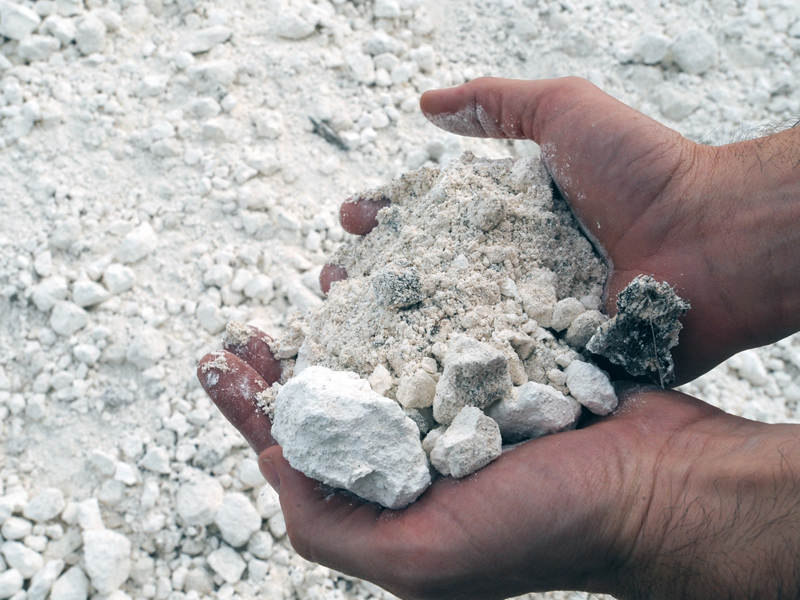
Warren Dick has worked with gypsum for more than two decades. You’d think he’d be an expert on drywall and plastering because both are made from gypsum. But the use of gypsum that Dick studies might be unfamiliar to you: on farmland.
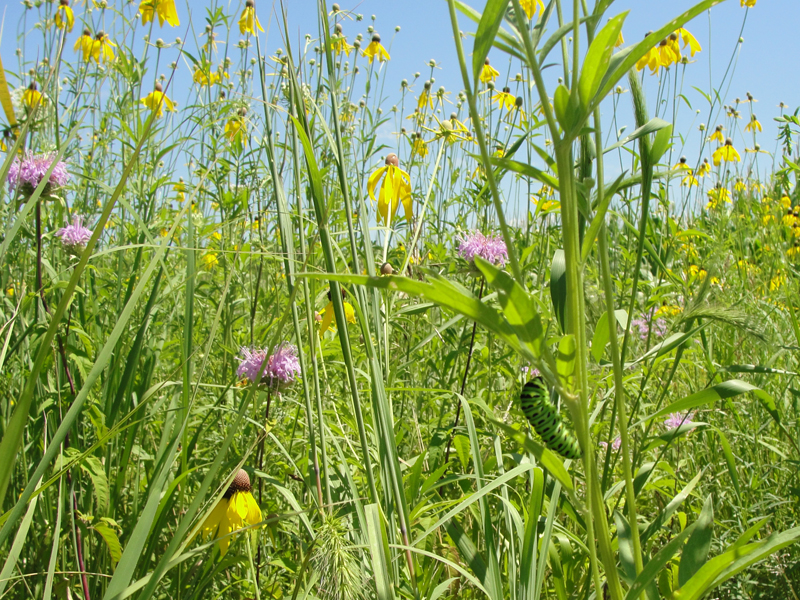
Modern agriculture’s large monoculture fields grow a lot of corn and soybeans, planted annually. The outputs from row crops can be measured both in dollars paid in the market and also in non-market costs, known as externalities. Soil, nutrients, groundwater, pollinators, wildlife diversity, and habitat (among other things) can be lost when crop yields are maximized.
Now it appears that prairie strips have an extraordinary power to change this pattern.
